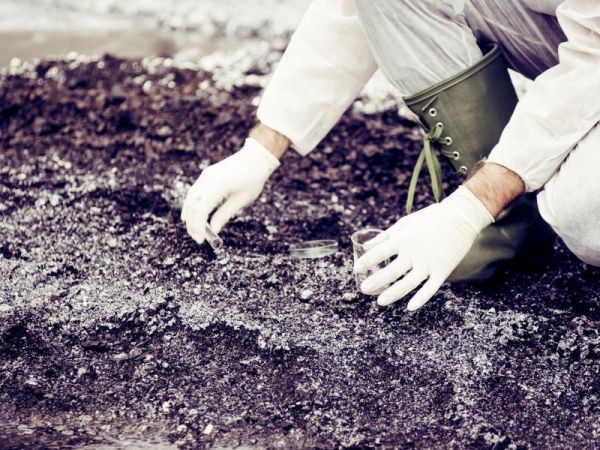If you live in an industrial-era urban setting, chances are that soil in your vicinity is contaminated with lead, arsenic, or other heavy metals. With support from the National Science Foundation, a team of researchers is developing a “citizen science” soil research project in Troy, New York and Tierra Amarilla, Chile that engages residents in greater understanding of contaminants in their midst and strategies for protecting public health.
“We don’t tend to think of lead contamination in soil as a dangerous pathway to exposure, but we’re actually surrounded by soil, especially gardeners children who play outside. We track soil into our homes, where it becomes dust,” said principal investigator Abby Kinchy, a professor of science and technology studies at Rensselaer Polytechnic Institute. “Our goal for this project is to raise awareness of this issue while re-envisioning what it means for people to participate in environmental monitoring in a way that’s action oriented.”
Kinchy said lead and arsenic soil pollution is documented in several cities in New York state. In older cities, like Troy, heavy metals in soils may have come from demolition of older buildings containing lead paint and products, decades of combustion of leaded gasoline, and the multiple industries that once operated in the city. In Chile, urban soil contamination is commonly the result of the mining industry. Soil can be tested for contamination in laboratories, but do-it-yourself options are limited.
Continue reading at Rensselaer Polytechnic Institute
Image via Rensselaer Polytechnic Institute


